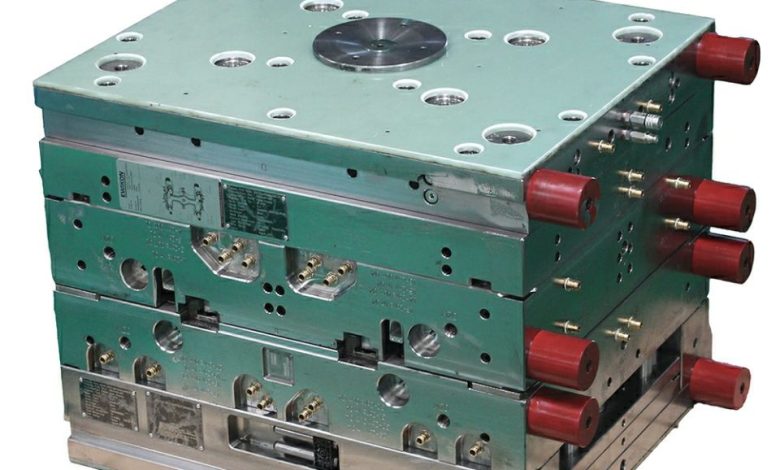Buying Medical and Consumer Appliance Plastic Molds from China

Purchasing plastic molds for medical devices and consumer appliances from China offers great potential for cost savings, but it requires careful management to ensure high quality results. Here is a comprehensive guide to navigating the process successfully.
Overview of medical and consumer appliance mold purchasing from China
China has become a major global supplier for injection molds across industries, including medical devices and consumer appliances. With lower labor costs and skilled engineers, Chinese mold makers can provide quality molds at very competitive pricing compared to North American and European suppliers.
However, working with an overseas supplier also introduces risks around quality control, intellectual property, production schedules, and communication. Following best practices around supplier selection, validation, quality management, and project oversight is essential for medical and consumer product companies looking to source molds in China.
Cutting-edge medical devices rely on specially engineered injection molded components. Technical leaders like MyPlasticMold offer medical-grade plastic molding services. Their expertise also enables innovative consumer appliance molds, such as plastic housing units for vacuums and coffeemakers.
Key steps for buying medical and consumer appliance molds in China
Follow these crucial steps when engaging a Chinese manufacturer to produce new injection molds for medical or consumer devices.
Research and identify reputable suppliers
China has thousands of mold makers, but many lack specialized skills or experience required for medical and appliance molds. Develop a shortlist of 3-5 approved suppliers with proven expertise in your specific industry. Get referrals from companies in your network who have worked successfully with Chinese partners.
Vet potential suppliers thoroughly – check credentials, visit facilities if possible, and request references. Verify they have created similar molds before and can meet all requirements. Narrow down based on capability, quality, responsiveness, and cultural fit.
Clearly define mold specifications
Provide detailed mold specifications to communicate your requirements accurately. Include:
- Product drawings with tight tolerances
- Material and finish requirements
- Design complexity such as multi-cavity or hot runner system
- Mold base specs – size, material, venting, EDM, surface treatments
- Molding process parameters – pressure, temperature, cycle times
- Lifetime and volume requirements
- Testing and validation protocols
Perform design reviews before mold fabrication
Schedule design reviews with your chosen supplier at multiple stages: concept, detail design, before fabrication. Thoroughly review and provide feedback on manufacturability and optimization opportunities. Ensure the design meets functionality, quality, and lifetime requirements before metal is cut.
Establish quality expectations and procedures
Clearly define quality standards upfront – acceptable vs rejectable defects, critical dimensions and tolerances, surface finish, material specs, qualification protocols. Require quality reports and control checks by the supplier at multiple stages throughout fabrication, processing, and assembly.
Consider having your own QA staff periodically visit the supplier for audits, inspections, and testing during the mold build. Implement a robust change management process.
Validate molds with samples before full production
Require sample parts from the first article mold for inspection and testing. Appropriately validate dimensional accuracy, cosmetic defects, functionality, endurance, and performance to your specifications before approving the mold for full production.
Be prepared to request minor revisions or repairs until the mold produces perfect samples consistently. This upfront validation prevents problems down the line.
Protect intellectual property
Take precautions around IP protection if the product design includes proprietary technology or features. Use NDAs, limit file sharing, and restrict mold supplier access only to necessary design elements. Obfuscate critical features in mold drawings. Discuss best practices for IP protection with experienced overseas sourcing managers.
Get clarity on payment terms and logistics
Negotiate payment terms upfront – typical arrangement is 30% down payment at order, 30% at design review, remainder at mold sample approval. Agree on delivery method and plan for customs clearance if molds will be shipped internationally.
Discuss timelines realistically accounting for fabrication, testing, revisions, and shipping. Build extra buffer into the schedule given potential delays at multiple stages.
Manage communication proactively
Active project management and communication is essential to keep the mold order on track and resolve any issues promptly. Discuss preferred communication methods – email, calls, videoconferences. Assign primary points of contact for both sides.
Exchange progress updates frequently. Promptly respond to supplier questions and requests to keep work moving forward. Be cautious about language or cultural barriers impacting communication – address these directly.
Travel for on-site review and collaboration
For more complex molds, schedule an on-site design review and inspection visit at key milestones. Seeing the tooling and production firsthand gives valuable insight and builds relationships. resolving issues is much easier in person versus remotely.
In summary, purchasing quality medical device or consumer appliance molds in China is certainly possible by finding the right supplier partner, intensively managing the project and mold validation, protecting your IP, maintaining excellent communication, and applying robust quality control every step of the way. With diligent effort and oversight, Chinese mold makers can produce precision injection molds to meet your exact specifications and quality standards at very attractive pricing compared to working locally.



